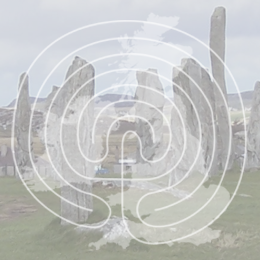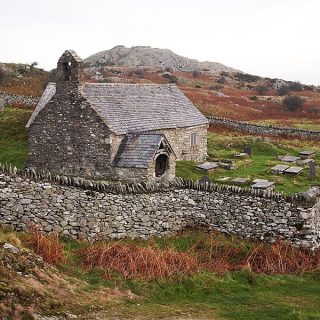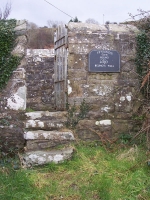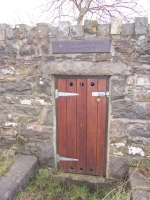Ffynnon Barruc (St Barruc’s Well)
St Barruc’s Well is today capped and the once healing waters were diverted to make way for a Butlins holiday camp in 1965. Luckily though descriptions of the well survive. Wirt Sykes in British Goblins (1881) tells us that ‘on Barry Island, near Cardiff, is the famous well of St.








Recent Comments